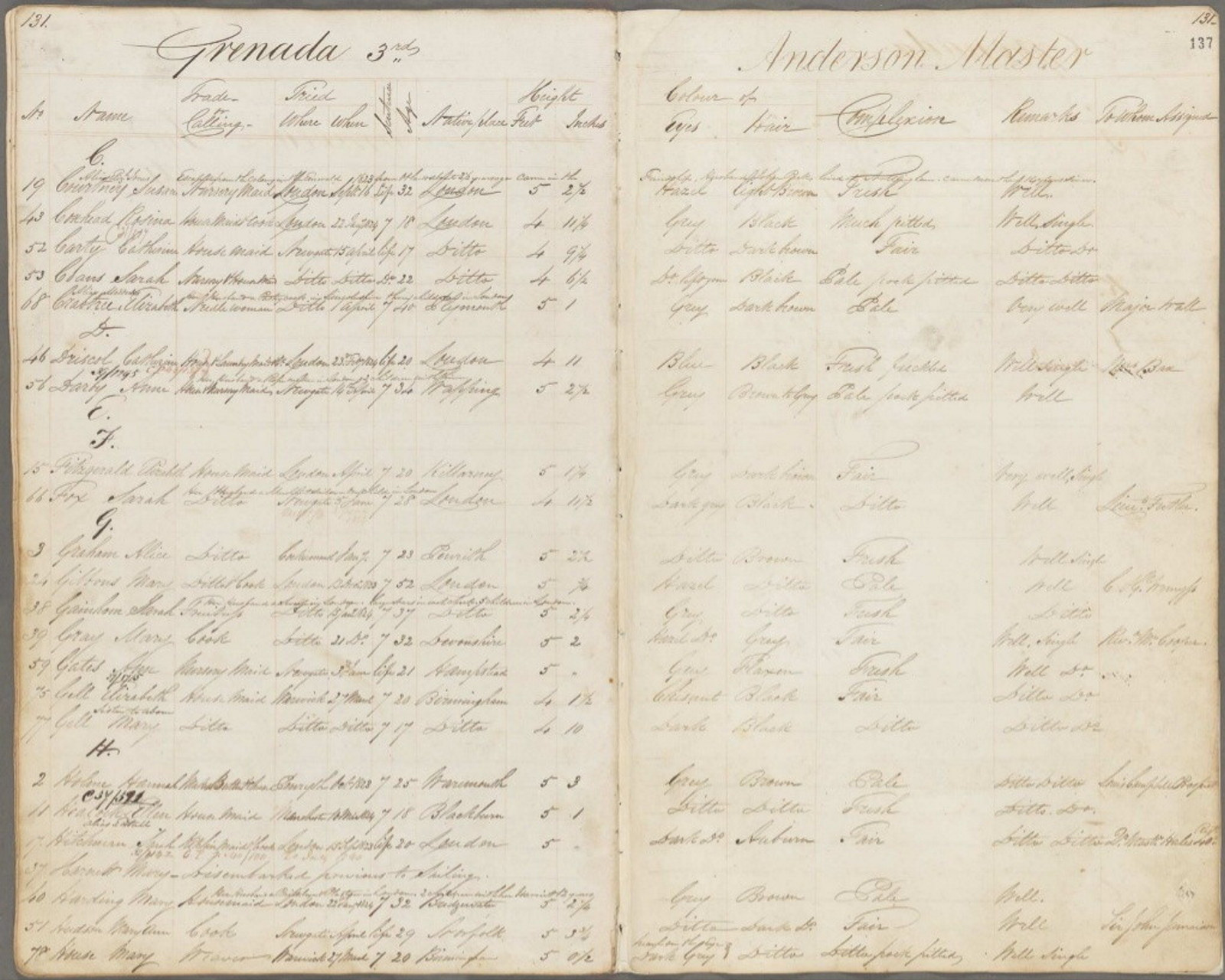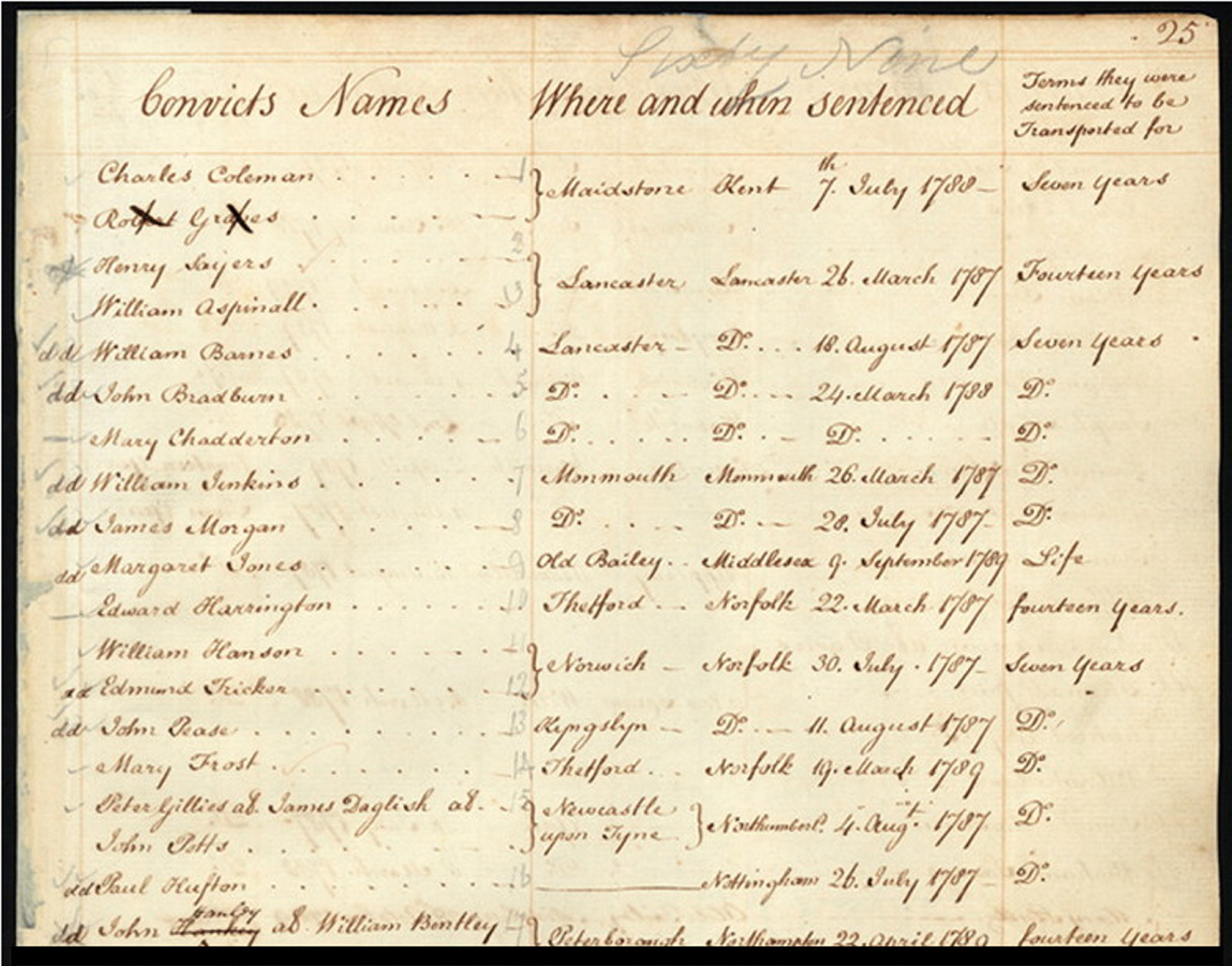Convict transportation

Convict transportation to NSW
A history of convict transportation to New South Wales and related records such as trial records and records of the voyage and arrival

On This Day
10 Sep 1823 - escapee re-transported to NSW
On the 10th of September 1823 Susan Courtney was tried in England for returning from transportation

On This Day
20 Jan 1788 - First Fleet arrived at Botany Bay
On 20 January 1788 the last of the eleven ships of the First Fleet arrived at Botany Bay

Convict Sydney
A world of pain
The combined aims of the assignment system, from 1826 onwards, were to equip farmers with cheap convict labour, to disperse convicts away from towns (and other convicts) and to keep an eye on each worker’s whereabouts and treatment
!['Margaret stealing the horse' [Margaret Catchpole]](https://images.slm.com.au/fotoweb/embed/2023/03/89a390f0a8b8414f8ab61e222da8604d.jpg)
The remarkable Margaret Catchpole
A Suffolk countrywoman turned Hawkesbury midwife; twice sentenced to death and twice reprieved; transported to New South Wales in 1801 and transformed after her death into a romantic literary heroine

Runaways and returned transports: a tale of ten men
The history of convict transportation to Australia is peppered with tales of escape. An unknown number simply disappeared; some were captured and re-transported

First Fleet Ships
John Hudson
Described as ‘sometimes a chimney sweeper’, John Hudson was the youngest known convict to sail with the First Fleet

First Fleet Ships
John ‘Black Caesar’
Convict John ‘Black’ Caesar became Australia’s first bushranger when he fled the settlement in December 1795 and led a gang of fellow escapees in the bush surrounding Port Jackson

First Fleet Ships
James Ruse
Ex-convict James Ruse became the first person in NSW to receive a land grant when Governor Phillip gave him 30 acres at Parramatta in April 1791